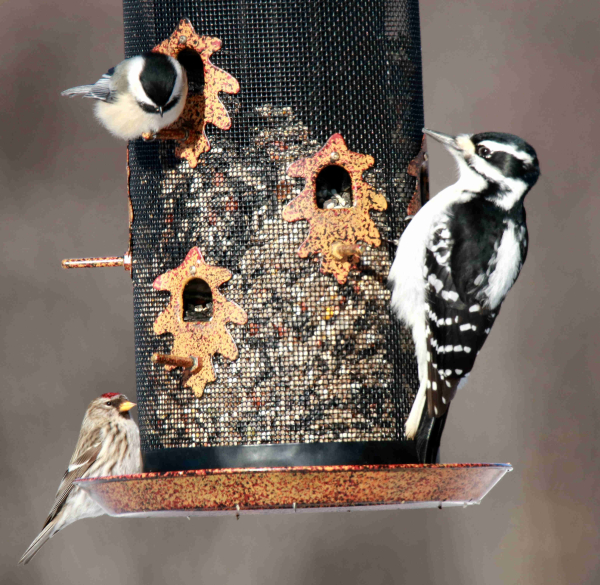The (not so) Sweet 17 Scope and the .17 HMR
By Glen Wunderlich
Outdoor Columnist
Member Professional Outdoor Media Association
Last week’s column covered the .17 HMR caliber and how the wrong scope can cause accuracy troubles. It must be understood that pushing a firearm and cartridge to their accuracy potential at various ranges involves a riflescope with an adjustable parallax objective lens. This week, the results of my testing a BSA Sweet 17 riflescope and Savage rifle are unveiled.
Before beginning, it’s important to note how Bullet Drop Compensating (BDC) scopes function. Given a certain bullet configuration, bullet weight, and specific velocity (among other variables such as sight height, temperature, humidity, sea level, etc.), a bullet’s trajectory can be closely calculated. And, since trajectory is the name of the long-range game, it’s vital to know these statistics, before fixing blame on one aspect of the equation. Blaming a firearm, a scope, or a bullet/load combination for results that do not measure up to expectations is only valid with facts at hand.
Enter the chronograph, which is an instrument that measures and records brief, precisely spaced intervals of time. When a bullet passes over the two measuring points of the chronograph, a digital readout of velocity is displayed. Then, plugging in the bullet’s weight and ballistic coefficient (readily available from bullet manufacturers), a shooter can determine how flat the load shoots.
With that information, a maximum point blank range (MPBR) can be set based on the size of the target. To determine MPBR, the first thing to know is the size of the intended target. For example, if a target measures three inches, the bullet must not go beyond 1.5 inches high or below 1.5 inches low within the maximum range. With ballistic software, the shooter plugs various zero ranges (the point at which the bullet strikes dead center downrange) without allowing the bullet to travel above 1.5 inches above the line of sight or center of the target. When the maximum height of bullet trajectory is 1.5 inches, you have found the zero range. The MPBR is found by checking the trajectory chart or curve to find where the bullet strikes 1.5 inches low. Once the MPBR is established, all the shooter has to do is aim at the center of the target, and as long as it is within the maximum range, the bullet will strike the 3-inch target. It sounds complicated – and, it is – but with an inexpensive chronograph (as low as $80) and ballistic software (less than $20), anyone can look like a genius.
The BSA Sweet 17 scope came with instructions and a ballistic chart. The scope is specifically calibrated to be used in conjunction with only 17-grain Hornady V-Max bullets, which are advertised to travel at 2550 fps. My chronograph verified the velocity of a Winchester load to be zipping along at 2580 fps. Incidentally, a 20-grain Hornady XTP load was right on the 2550 fps mark, but was set aside for the initial test. Once the scope was zeroed at 100 yards, the elevation turret could be turned to the desired range (up to 300 yards) and the bullet was supposed to hit the bull’s eye, assuming wind and other human factors were in order.
I set a target at 135-verified yards and fired three shots. All were 2.5 inches high. I switched to the 20-grain Winchester loads with the same results. Since there is no way to alter velocity with rimfire loads, as can be done with centerfire rounds, there was no reason to continue; the experiment was concluded.
For $65 I have a low-end scope with an adjustable parallax objective lens in 3 to 12 power. The bullet drop compensator is useless, unless I choose to alter the yardage settings with marks of my own – and, that remains a possibility.
However, based on my chronograph results and the inherent accuracy of the rig, it can still boast a MPBR of 165 yards with a tiny 1.5-inch target. And, that’s what makes this little speedster the rimfire king.






